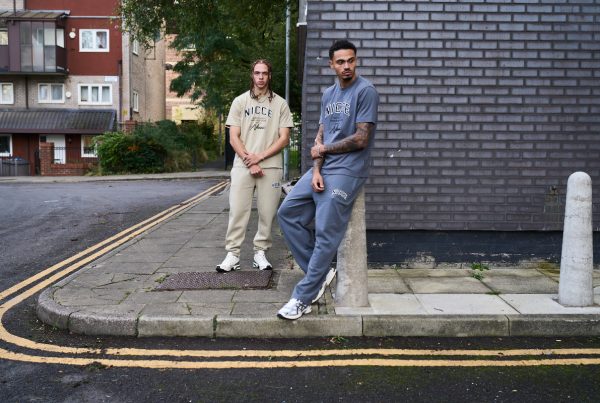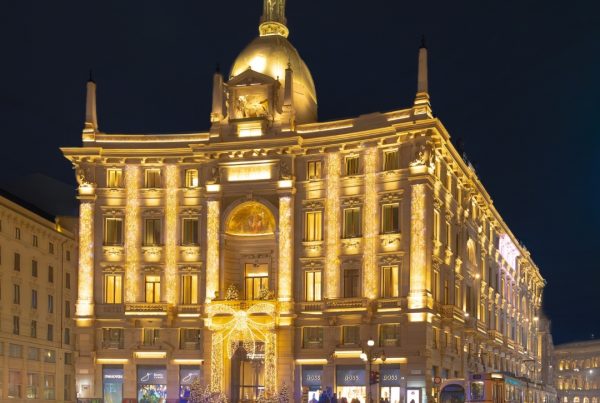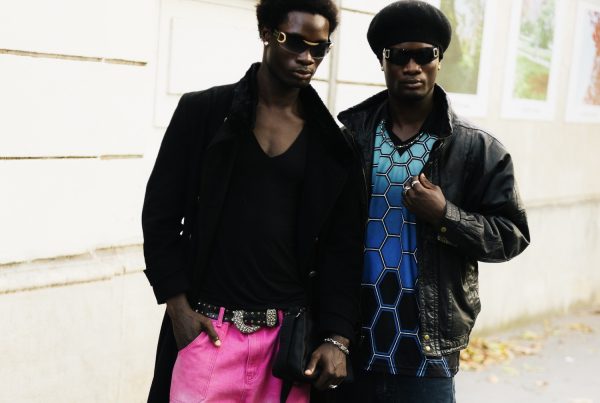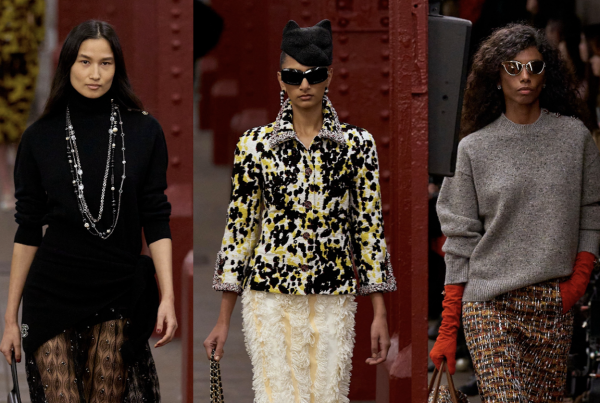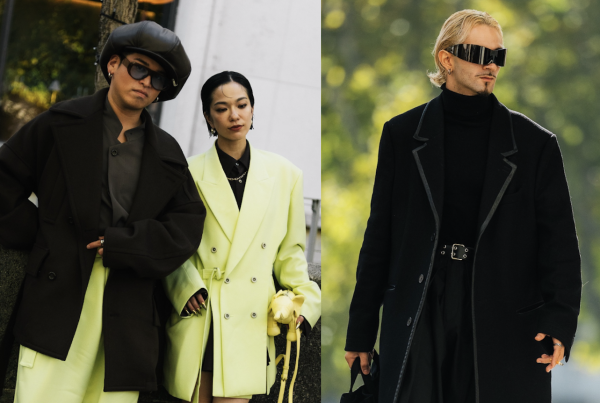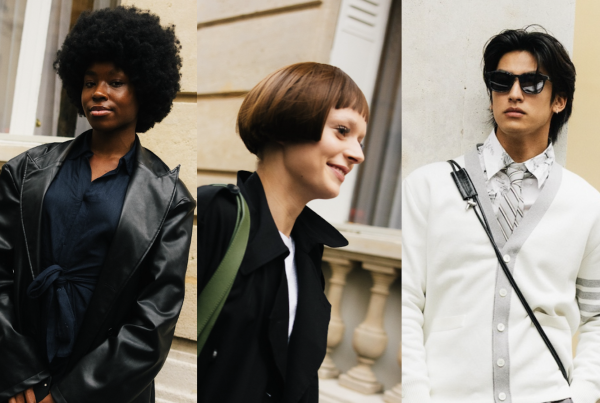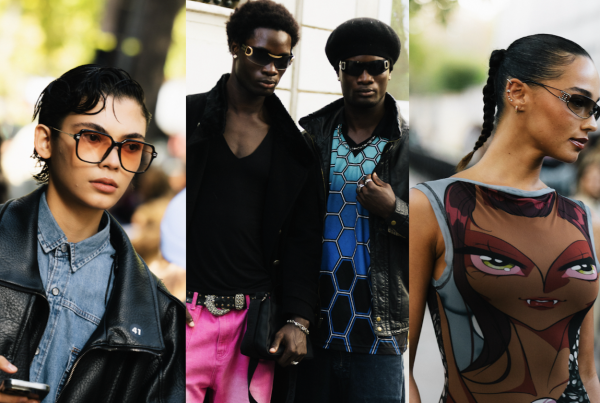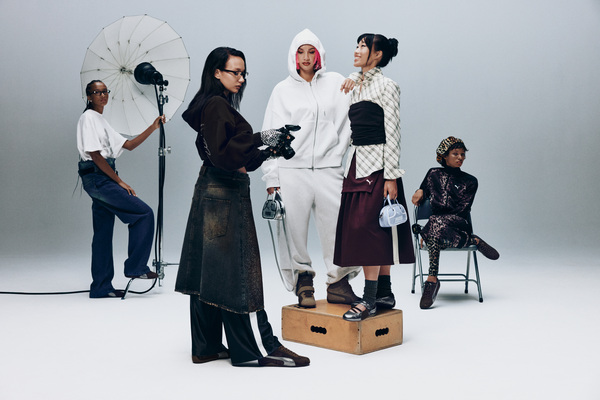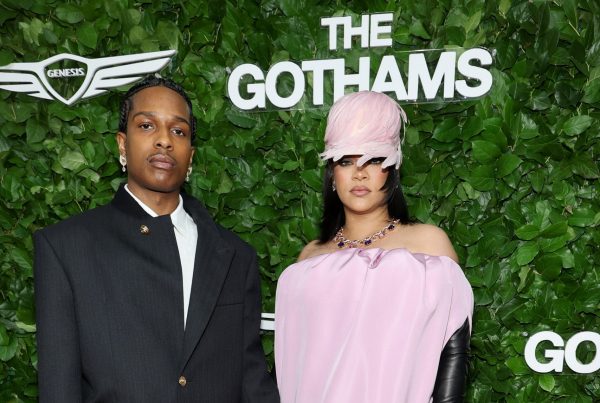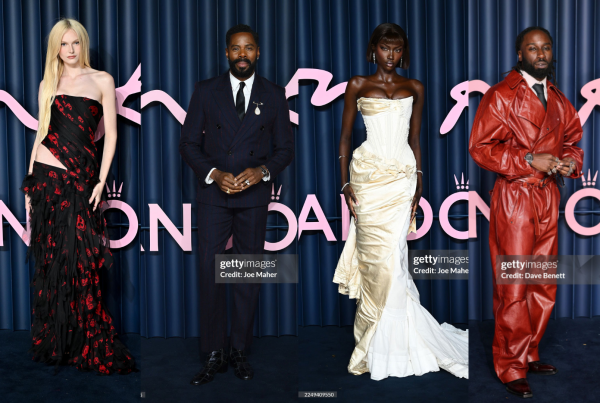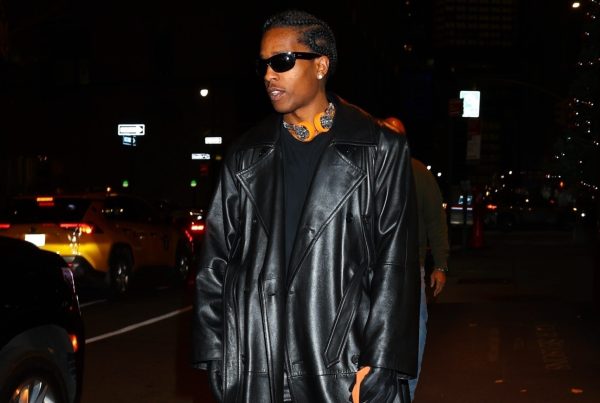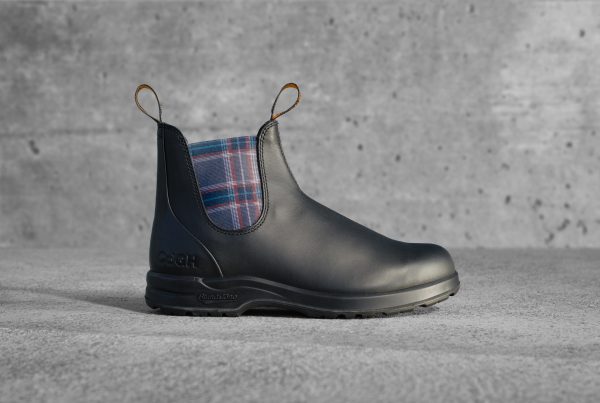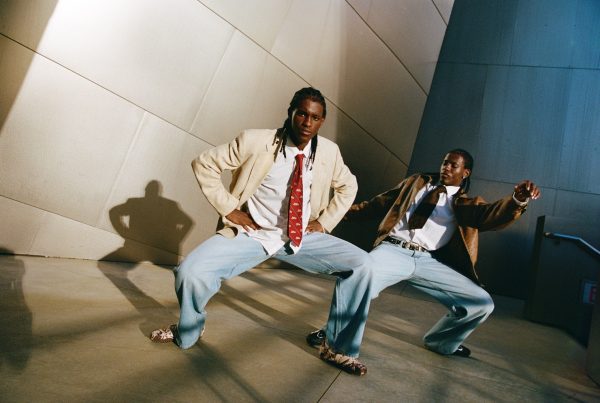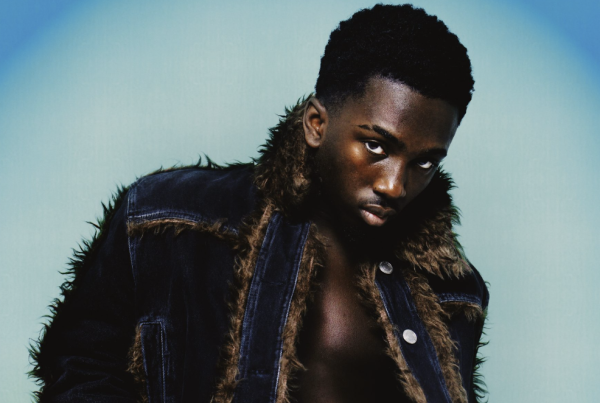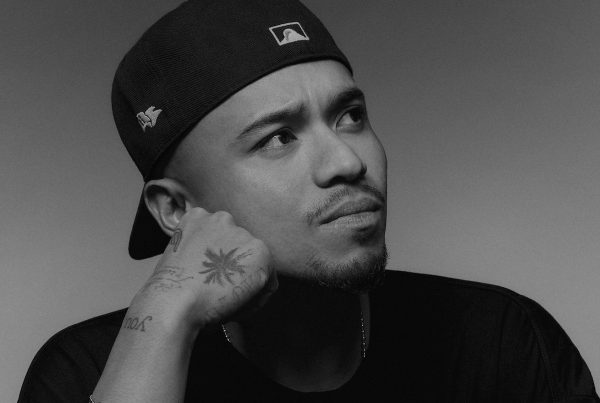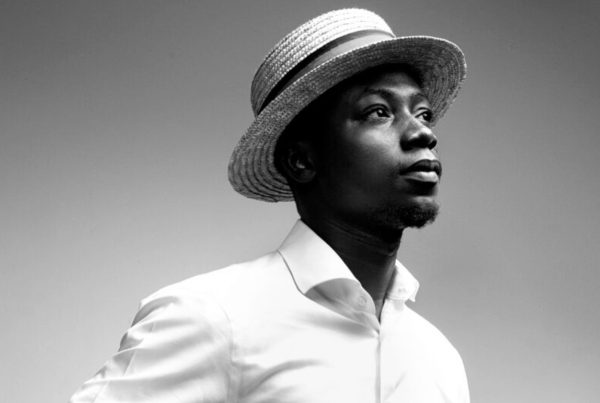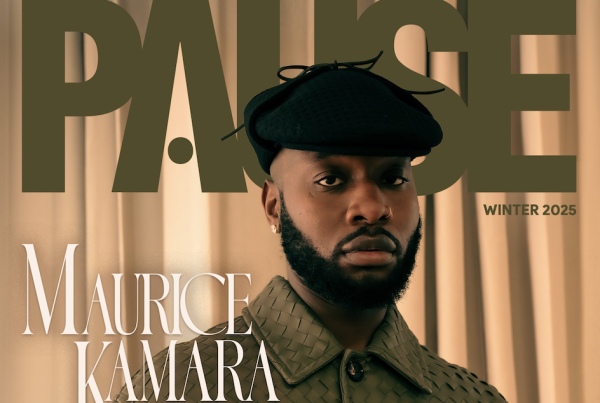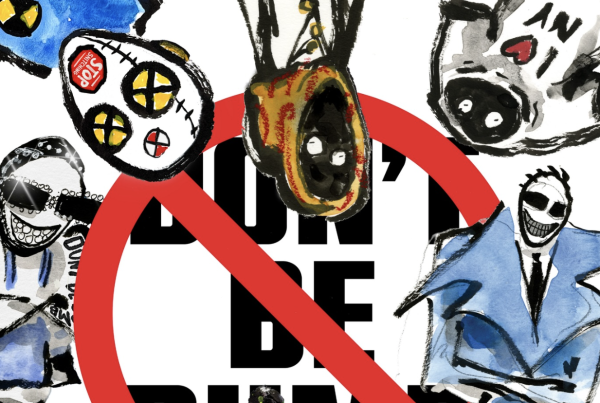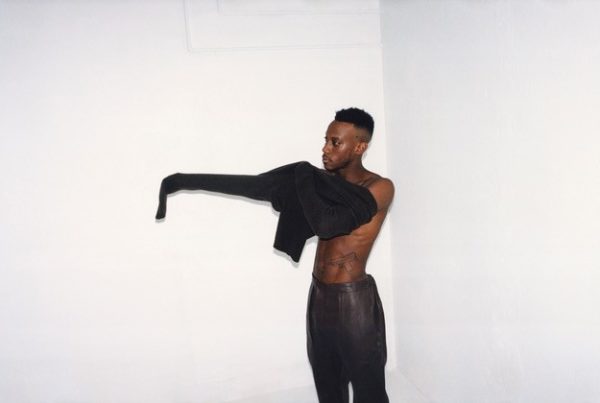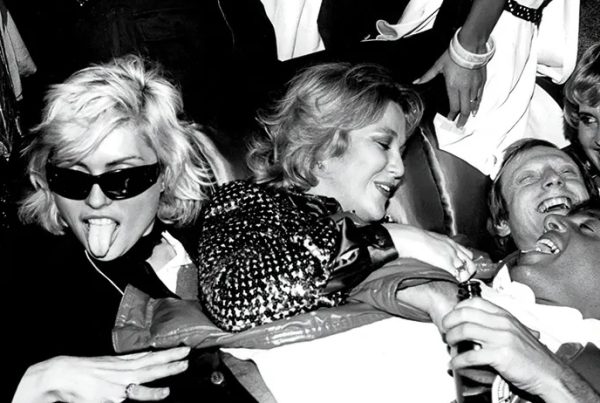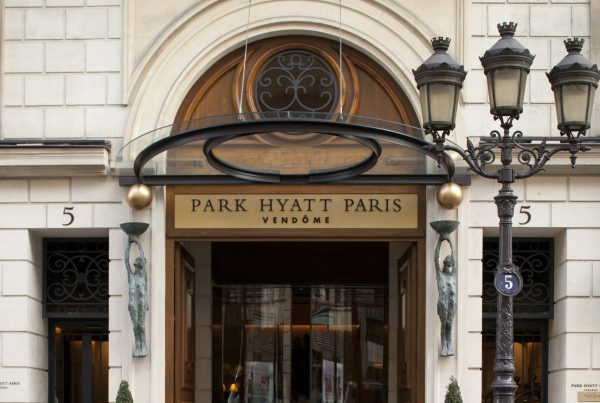The Renaissance.
With the Met Gala just around the corner and this year’s theme, “Tailored for You,” aligning with the Costume Institute’s new exhibition “Superfine: Tailoring Black Style,” it’s an ideal moment to reflect—not just on fashion’s past and present, but also its evolving future. Tailoring, once the symbol of rigid tradition, is being reimagined by a generation of designers who are rewriting the rules and reshaping what it means to dress with purpose and flair today.
The lines between classic tailoring and streetwear are no longer just blurring—they’re being redrawn entirely. A new wave of designers is bridging heritage and contemporary culture, crafting garments that honour precision and craftsmanship while embracing bold silhouettes, comfort, and cultural expression. At PAUSE, we dive into the visionaries who are transforming tailoring into something personal, powerful, and unmistakably modern.
Dapper Dan
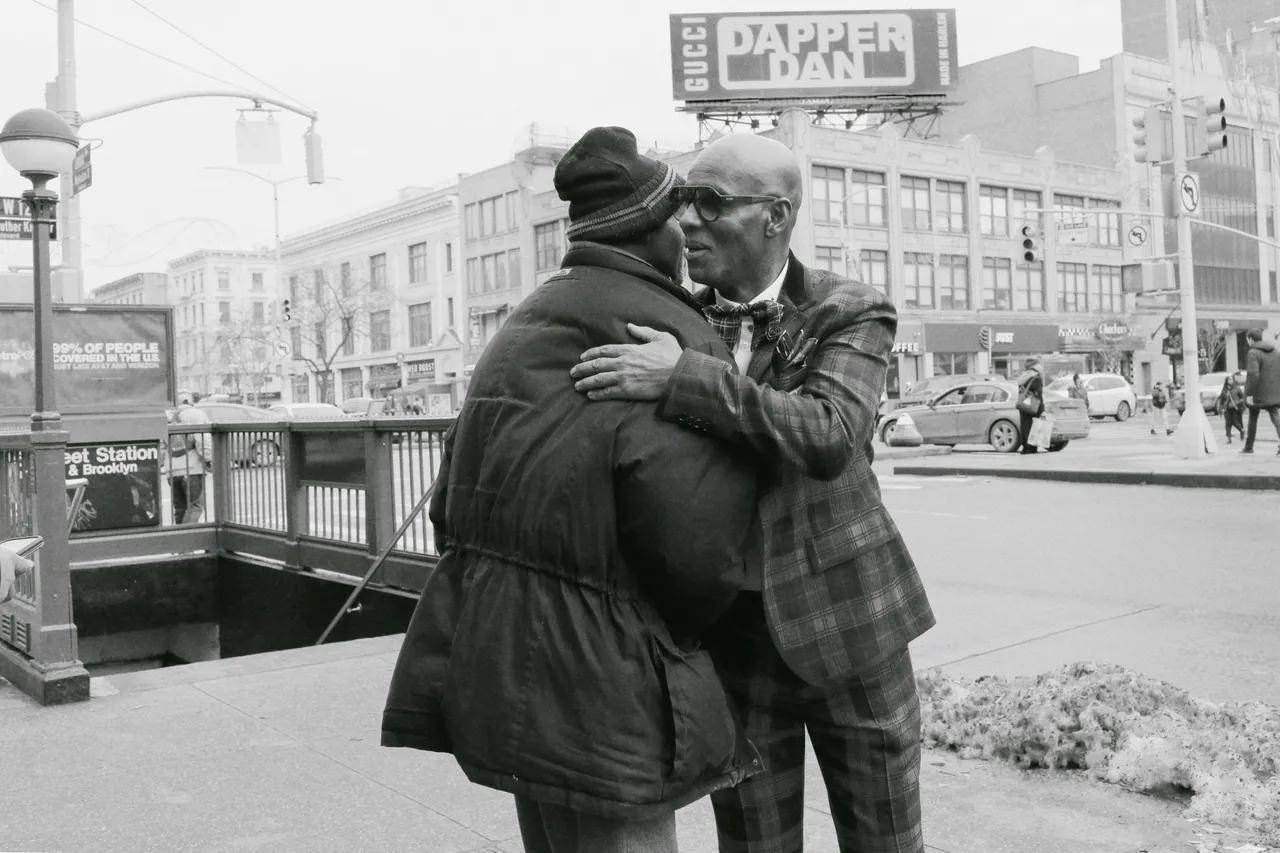
PHOTO CREDIT: Gabriela Celeste for GQ
Kerby Jean-Raymond
Building on that legacy, Kerby Jean-Raymond of Pyer Moss takes tailoring and streetwear into deeply personal and political territory. His designs weave in Black history, identity, and resistance, using fashion as a platform for storytelling. From sharply cut blazers to relaxed tracksuits layered with meaning, his collections challenge viewers to see clothes not just as style, but as statement. Jean-Raymond proves that tailoring can carry both elegance and urgency—and that streetwear can speak truth to power.
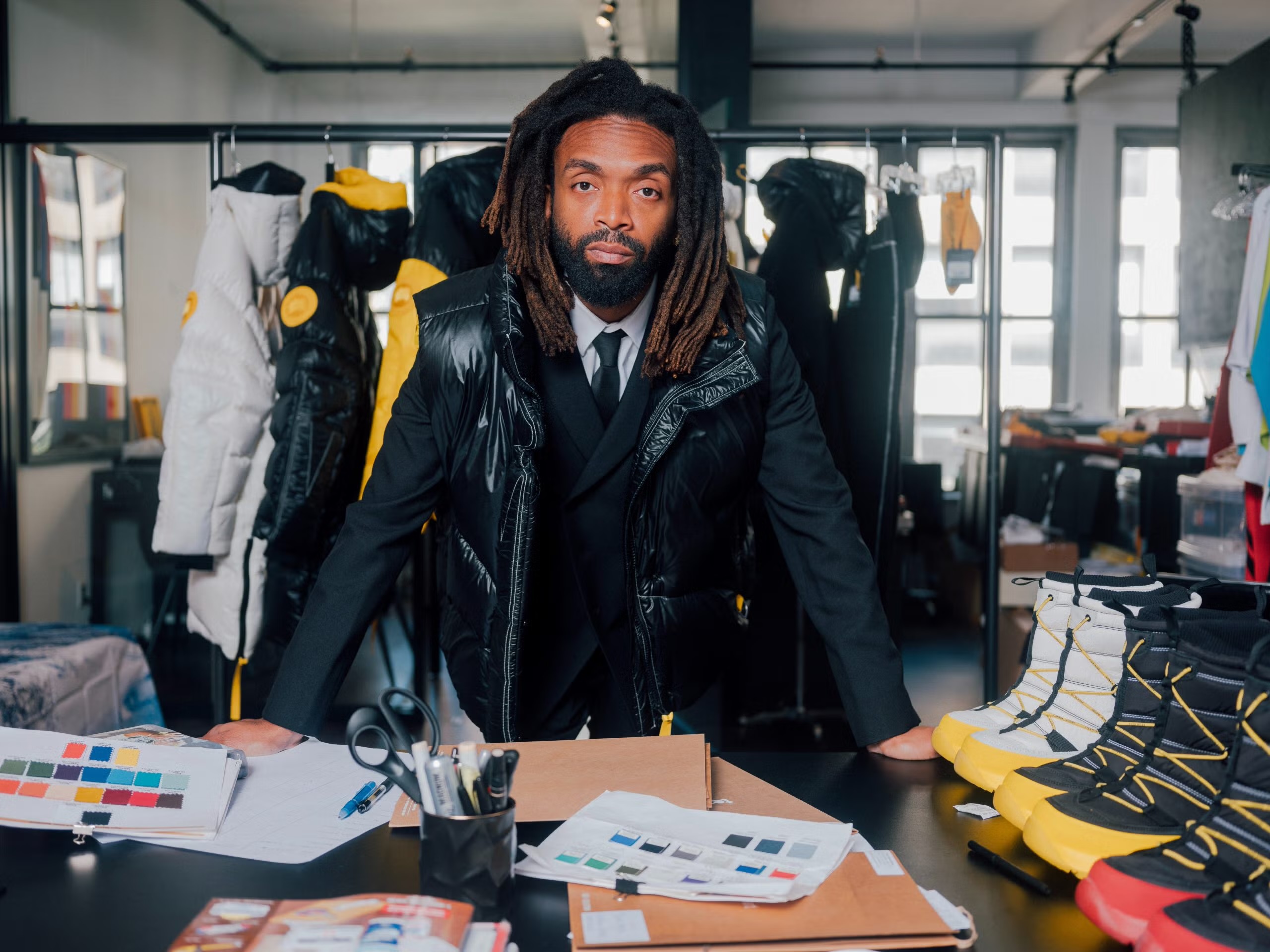
PHOTO CREDIT: Canada Goose
Grace Wales Bonner
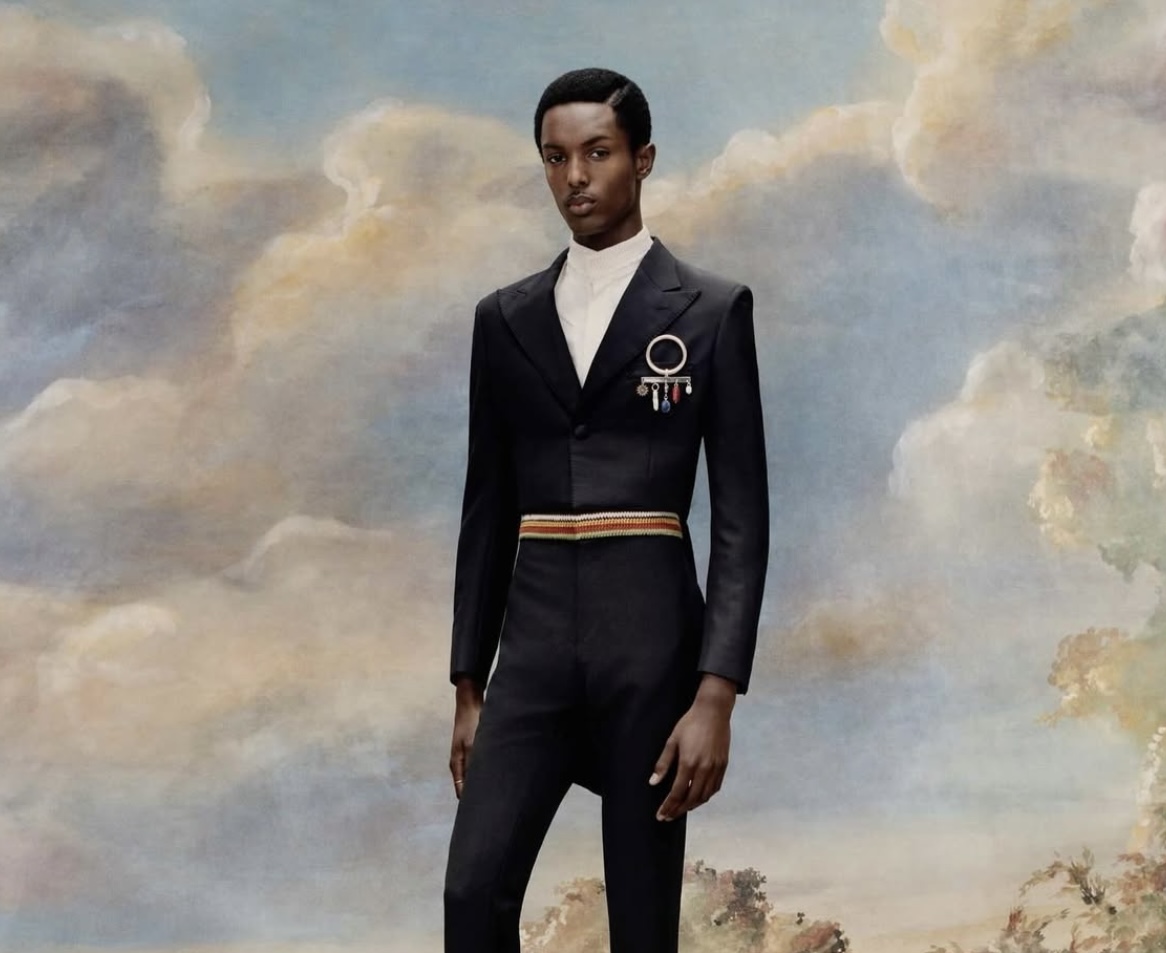
Virgil Abloh
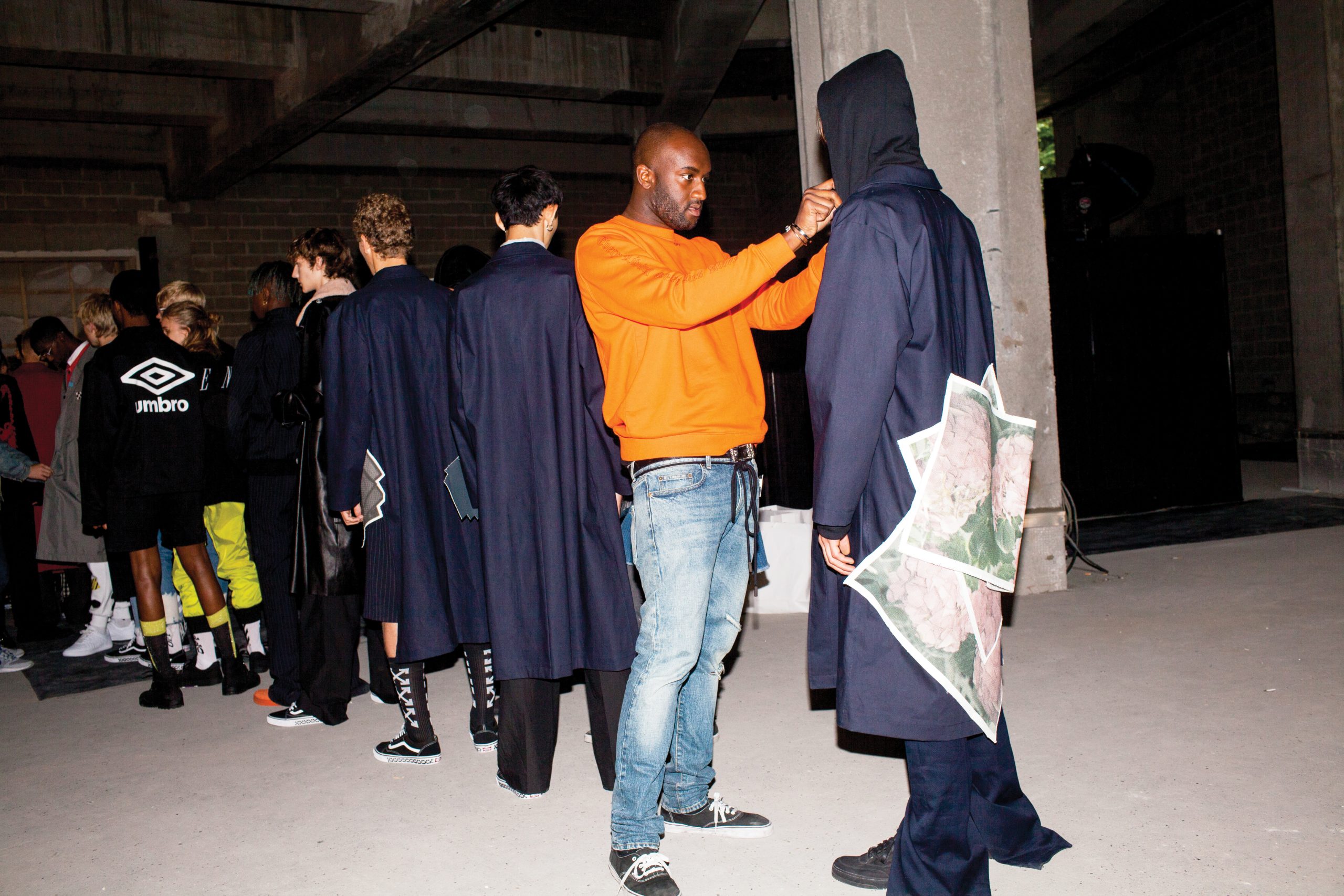
PHOTO CREDIT: WWD Media
Demna Gvasalia
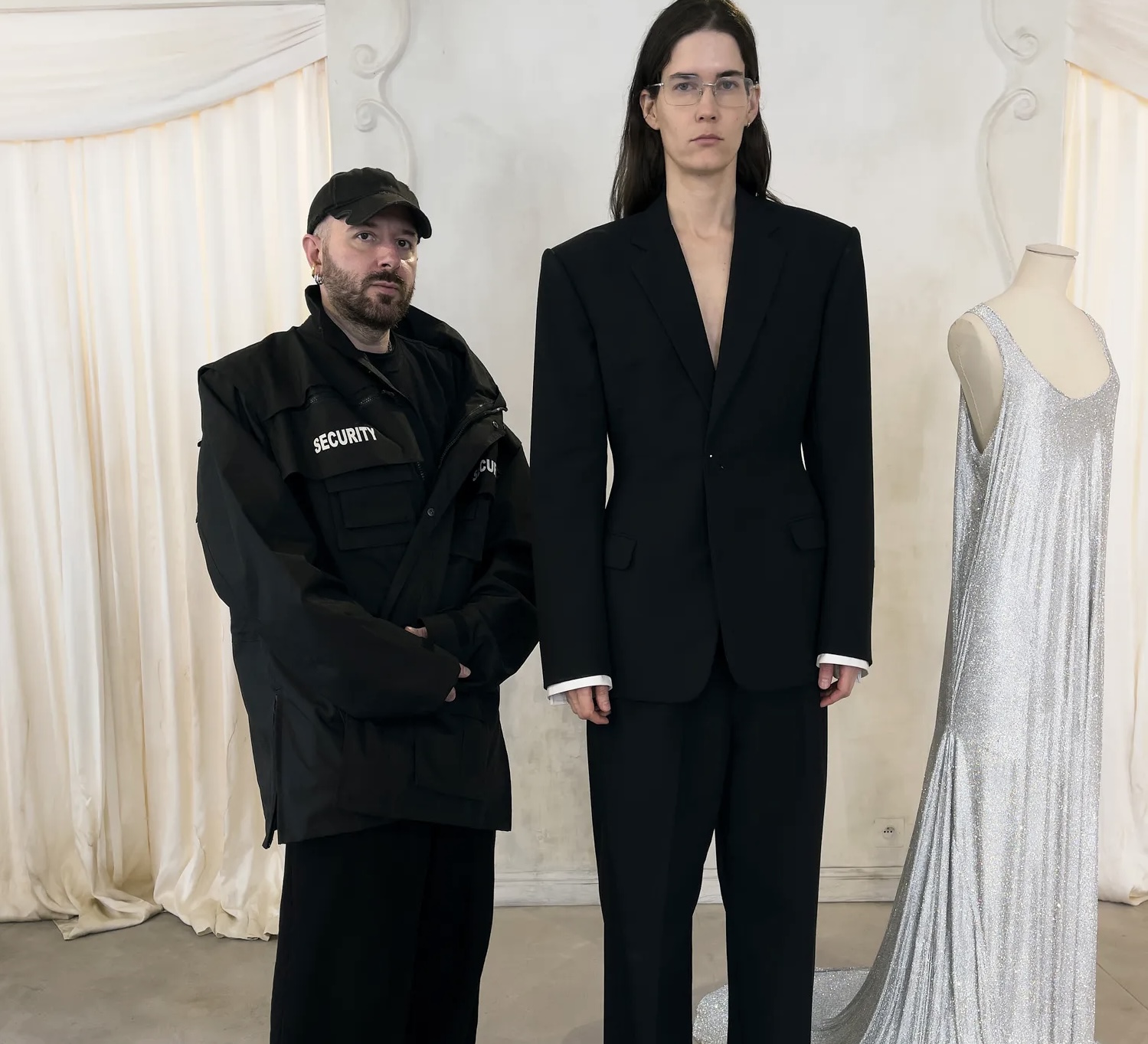
PHOTO CREDIT: Juergen Teller
Together, these designers are rewriting the language of menswear—and fashion at large. They show that tailoring isn’t about adhering to the past, but evolving with intention. By fusing heritage with innovation, tradition with rebellion, and elegance with ease, they are reshaping what it means to be well-dressed in a world where style is personal, political, and ever-changing.

